|
|
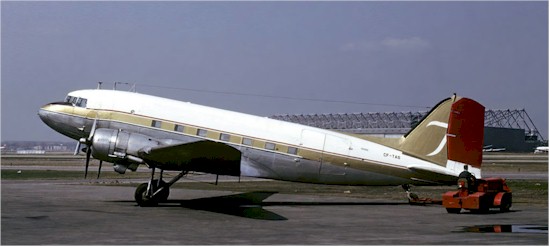 |
|
Photo courtesy of Gary Vincent Montreal - May 1973 |
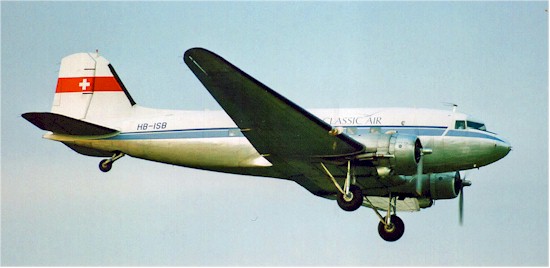 |
|
Photo courtesy of Freek Blokzijl Zurich - August 1994. |
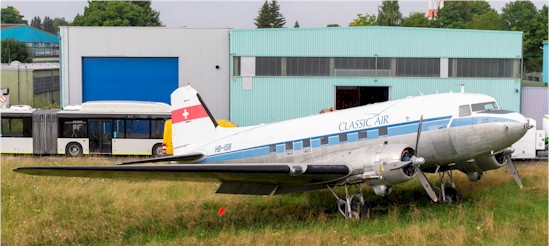 |
|
Photo courtesy of Stefan Bratner Memmingen Allgäu Airport - August 18, 2021 |
 for the latest posts at the Air Canada Media Centre. for the latest posts at the Air Canada Media Centre. |
 Click the logo to open the Air Canada YouTube channel. Click the logo to open the Air Canada YouTube channel. |
|
We wish to thank everyone for your support of our efforts. |
|
We invite you to visit our website at www.thenetletter.net/netletters to view our archives. Restoration and posting of archive issues is an ongoing project. We hope to post every issue back to the beginning in 1995. |
|
We always welcome feedback about Air Canada (including Jazz and Rouge) from our subscribers who wish to share current events, memories and photographs. Particularly if you have stories to share from one of the legacy airlines: Trans-Canada Air Lines, Canadian Airlines, CP Air, Pacific Western, Maritime Central Airways, Eastern Provincial, Wardair, Nordair, Transair, Air BC, Time Air, Quebecair, Calm Air, NWT Air, Air Alliance, Air Nova, Air Ontario, Air Georgian and all other Canadian based airlines that once graced the Canadian skies. Please feel free to contact us at We will try to post your comments in the next issue but, if not, we will publish it as soon as we can. Thanks! |
|
Extracted from Air Canada 'Horizons' magazine |
|
Notice of intent of this proposed acquisition was filed on the same day with the Canadian Transport Commission in accordance with the National Transportation Act. |
|
|
|
The Story of Wardair Canada Limited is the story of Maxwell William Ward. Operating from his native Edmonton, Max Ward had parlayed a bush plane operation into Canada's largest charter airline. The Wardair jet fleet of two Boeing 707's and a B-727 provided an international charter service from seven cities in Canada, while the airline's red, white and blue de Havilland Otter aircraft (and a Bristol Freighter) continue its domestic operation from Yellowknife in the Northwest Territories. Yellowknife was the first base of operations for Max Ward. It was during his RCAF career as a flying instructor in Canada that he decided to continue flying after the war. He first worked for a company called Northern Flights, flying vegetables from Peace River to Yellowknife, and in 1946, bought a Fox Moth with war savings bonds and based himself at Yellowknife as the Polaris Charter Company. He flew prospectors and government men through the Northwest Territories. With no charter license, Ward was forced into partnership when the Air Transport Board ruled that all northern flying operations had to be by chartered companies. By 1948, he and his partner's three aircraft were Yellowknife Airways — but Ward soon lost everything. Debts were paid by working as a pilot for others and a stint as a house-builder. Then Max Ward was ready to begin again. On his second attempt, Ottawa granted his license as Wardair Limited and his next goal was an airplane. |
 Found on CP Air Employees Facebook site. Found on CP Air Employees Facebook site. |
 |
|
Posted by Angie Keeping Brodkorb Marlie Kelsey, Judy Lucas and David Detwiller |
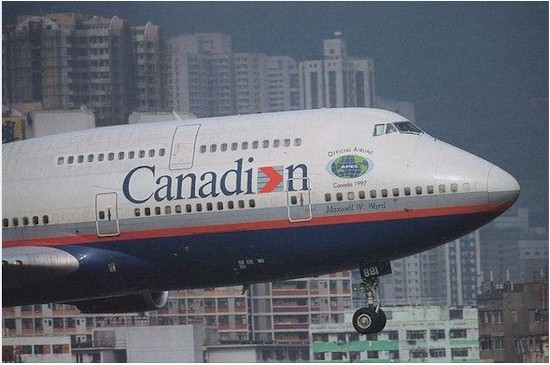 |
|
Posted by Ken Donohue Canadi>n B-747-400 'Maxwell W. Ward' |


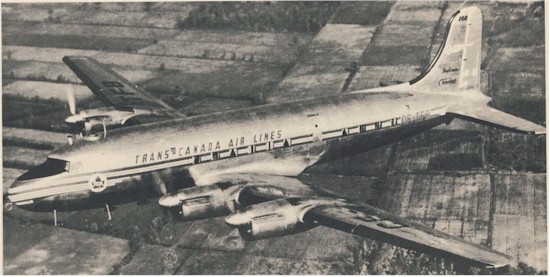
 We have welcomed 216 new subscribers so far in 2022.
We have welcomed 216 new subscribers so far in 2022.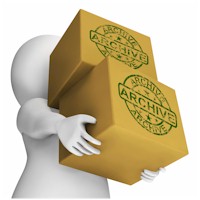

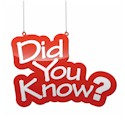 On Friday, September 8, 1972, Air Canada reached an agreement with Mr. Maxwell W. Ward for the purchase from him of one-third of the outstanding common shares of Wardair Canada Ltd.
On Friday, September 8, 1972, Air Canada reached an agreement with Mr. Maxwell W. Ward for the purchase from him of one-third of the outstanding common shares of Wardair Canada Ltd.